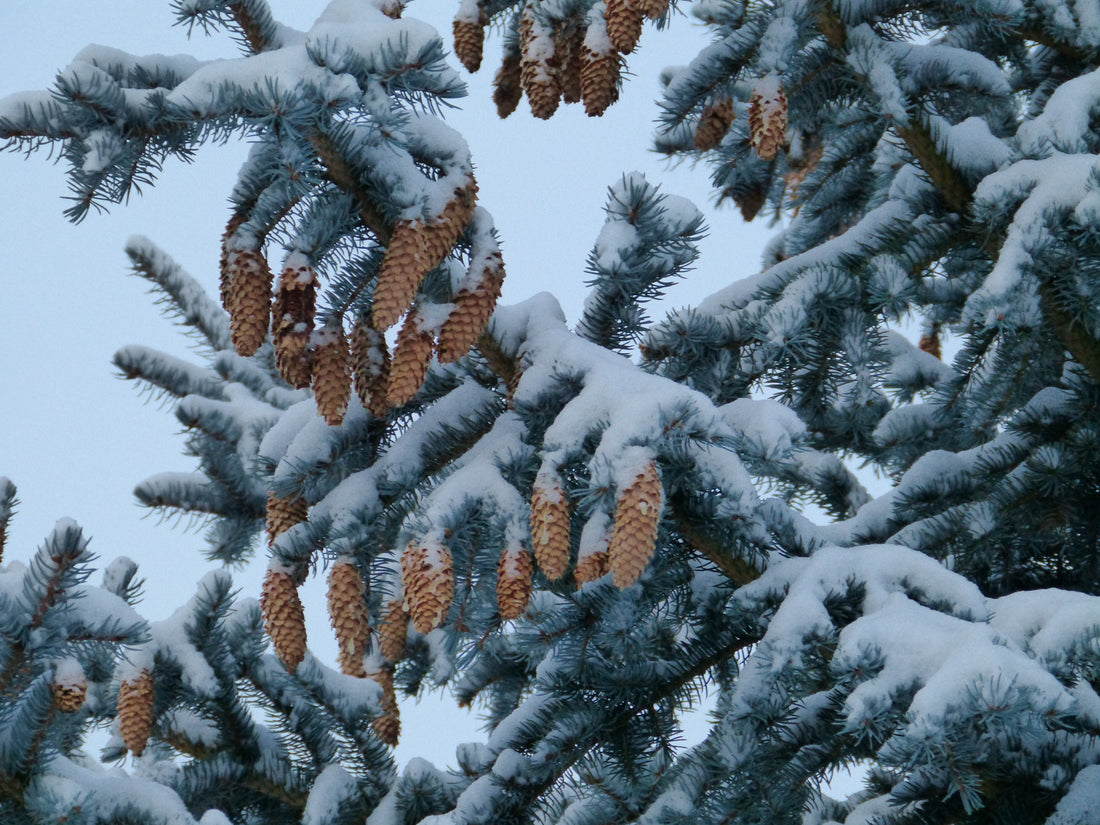As winter blankets the world in a serene layer of snow, many gardeners might think it's time to hang up their gardening gloves until spring. However, for those in the know, winter doesn't signal the end of the gardening season but the beginning of a unique and magical practice known as winter sowing.
In this blog post, we'll explore the wonders of winter sowing, a method that not only allows you to get a head start on your garden but also connects you with the beauty of the winter season.
The Basics of Winter Sowing: Winter sowing involves sowing seeds outdoors during the winter months, taking advantage of the natural stratification and cold temperatures. This method mimics the conditions that many seeds require for successful germination. By planting seeds in containers and leaving them outside, you create a mini-greenhouse effect that protects the seeds from extreme weather while still exposing them to the cold.
Choosing the Right Containers: The key to successful winter sowing lies in selecting the right containers. Choose clear or translucent containers with lids or covers to create a miniature greenhouse. Old milk jugs, soda bottles, or plastic clamshell containers work well. Make sure to create drainage holes to prevent waterlogging.
Sowing Seeds and Care: Once you've chosen your containers, fill them with a well-draining potting mix and sow the seeds according to the recommended depth on the seed packet. Water the containers thoroughly, secure the lids, and place them in an outdoor location where they will receive sunlight. The containers act as protective shields, allowing the seeds to undergo the necessary cold stratification process while shielding them from harsh winter conditions.
Patience and Monitoring: Winter sowing requires a bit of patience, as germination may take longer than traditional indoor methods. However, this hands-off approach has its own charm, allowing you to witness the gradual emergence of seedlings as winter turns to spring. Keep an eye on moisture levels, and make sure to vent containers on warmer days to prevent overheating.
Transplanting Seedlings: As the weather warms and seedlings grow stronger, it's time to transplant them into your garden. Harden them off gradually by exposing them to outdoor conditions for increasing periods each day. Once acclimated, plant them in your desired locations, and watch as your winter-sown garden comes to life.
Conclusion: Winter sowing is more than just a gardening technique; it's a celebration of nature's resilience and the beauty of the changing seasons. By embracing the magic of winter sowing, you not only get a jumpstart on your garden but also connect with the transformative power of winter. So, grab your containers, gather your seeds, and embark on a winter gardening adventure that will fill your spring with vibrant colors and lush greenery.
